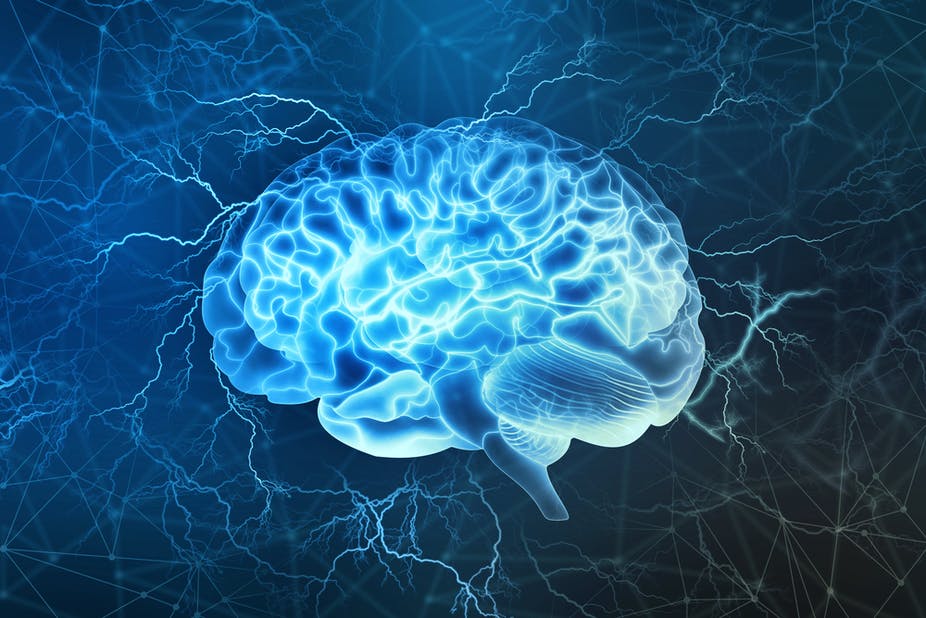Neurodiversity describes the variation of our brains. There are a number of recognised differences, such as autism, ADHD, and dyslexia, which all affect the way someone experiences the world. In the past, we have been quick to label these differences as disorders and treated them as problems, needing to be cured. Today, we understand that brain differences are normal and not necessarily weaknesses.
The term was first used in the late 90s by sociologist Judy Singer. Initially, the term was used to describe autism but usage of the word has broadened over time. Neurodivergence now refers to any systematic, consistent way that the brain works differently for a group of people than it does for most others.
What are some neurodivergent conditions?
Neurodivergent conditions include ADHD, autism, dyspraxia, dyslexia, dyscalculia, dysgraphia, and Tourette’s syndrome but there are also others. These diagnostic labels help to explain the different ways some people think, behave and process things.
Can people have more than one condition?
Condition crossovers are common in neurodivergent people. Some combinations are more common than others. For example, more than half of those who have been diagnosed with autism have also been diagnosed with ADHD. Additionally, around half of those diagnosed with dyslexia also have dyspraxia.
What causes neurodiversity?
Currently, it is not fully understood what causes people to be neurodivergent. As patterns have been seen in families, there could be a genetic element, but this has not been proven. In the past, there have been many false claims made about the causes of neurodivergent conditions, particularly, autism. We do however know that autism is not caused by vaccines, bad parenting, or diet.
What does neurotypical mean?
If you are not neurodivergent, you are neurotypical. Neurotypical describes people who do not have autism, ADHD, or other intellectual or developmental differences. If you are neurotypical, you typically behave and experience the world in a way the general population would consider ‘normal’.
Why is understanding neurodiversity important?
Neurodiversity is becoming more understood and more common in society. Information from the CDC shows that, in the USA, one in every 42 boys and one in every 189 girls are born neurodiverse. Additionally, in the past couple of decades, the percentage of 8-year-olds diagnosed with autism has increased by 150%. As we are living in a world with more neurodivergent people than ever before, it’s important that we understand what neurodiversity means and how we can ensure our homes, workplaces, and society as a whole is a place where we all have the opportunities to thrive.
Neurodivergent people often have unique strengths, which are heightened by their condition. For example, someone who has autism may struggle with the nuances of social conventions but may have an incredible memory or excel in logistical or methodical work. Alternatively, someone with ADHD may have difficulty with time management, but may also demonstrate excellent creative thinking and drive. With the right support and adjustments, neurodiverse people can often bring great advantages to a workplace or team.

